It is widely known that we favor natural solutions here. Every mom should have some strategies at hand for managing minor health issues at home without resorting to toxic chemicals. Here are five natural solutions for the troublesome issue many of us experience… Athlete’s foot with peeling skin!
What Exactly Is Athlete’s Foot?
Athlete’s foot is a skin condition commonly associated with unpleasant foot odor, sweaty feet, and gym locker rooms. However, it is not exclusive to athletes. Everyone, from your husband to your children, and even you, can be affected by it.
How Does Athlete’s Foot Develop?
You might be surprised to find out that athlete’s foot isn’t only contracted by teenage boys. There’s more to its causes than just infected showers or towels.
The body’s microbiome can significantly influence one’s susceptibility to any infection, athlete’s foot included. Let’s delve into what really leads to athlete’s foot.
Causes of Athlete’s Foot
- Contact with infected individuals or objects, such as towels, shower floors, or swimming pools.
- Wearing tight, damp footwear.
- An imbalance in the overall body microbiome.
- Reduced immune system function.
Although exposure to the fungus causing athlete’s foot (known as tinea) encourages infection spread, your personal health plays a significant role in how your body manages exposure. When harmful bacteria and fungi grow excessively, we are more prone to various infections.
Humans have more bacterial cells than human cells, making bacterial balance crucial. I frequently discuss gut health and the importance of supporting the skin microbiome. A balanced inner ecosystem translates to a well-balanced body microbiome, including the bacteria on and beneath your skin.
Athlete’s Foot Symptoms
Athlete’s foot can sometimes be mistaken for severe eczema or dermatitis, which makes distinguishing between them challenging. Symptoms include:
- Thick, red, scaly, or cracking skin.
- Itchy rashes.
- Symptoms mostly found between the toes, where fungus tends to grow.
- Blisters.
- Discolored toenails.
Preventing Athlete’s Foot
The most effective measure is often prevention. Here are some ways to lower the risk of athlete’s foot:
- Wear foot coverings in damp public areas when possible.
- Thoroughly dry feet after being in water, both at home and in public.
- Wash towels if you suspect infection or they’ve been used in public spaces.
- Support your microbiome with a nutritious diet, probiotic supplements, and by avoiding antibacterial products that kill beneficial bacteria.
Five Natural Solutions for Athlete’s Foot
If you end up contracting this annoying foot fungus, here are some effective natural remedies to help control it:
1. Probiotic Internal Treatment
Gut health significantly impacts overall health. Increase probiotics, steer clear of sugar and highly starchy foods, and focus on nutrient-rich foods like bone broth and sauerkraut.
People frequently encountering infections, whether athlete’s foot or common colds, might have an underlying gut issue. Our immune systems fight off infections, and while the periodic cold or flu gives them necessary exercise, fungal infections suggest imbalance. An imbalanced gut weakens the immune system, increasing vulnerability to infections.
Candida is a type of fungal yeast often behind various health issues like eczema, arthritis, and allergies. It’s naturally found in everyone’s gut, but problems occur when it overgrows due to lacking beneficial bacteria. Diets like GAPS can help eliminate harmful fungi and restore gut balance.
The tinea fungus (causing athlete’s foot) is normal on the skin. However, if skin bacteria are imbalanced, the skin becomes more prone to infections.
Balancing gut bacteria is essential, and balancing the skin’s microbiome might also be beneficial.
2. Probiotic Topical Treatment
While oral probiotics are advantageous for gut and overall health, during an acute athlete’s foot infection, applying probiotics topically may be useful.
Using a similar concept to the probiotic face mask, create a natural athlete’s foot remedy.
Mix together:
- 1 tablespoon of plain organic yogurt (prefer full-fat)
- 1 capsule of saccharomyces boulardii (a beneficial yeast known to combat pathogenic fungi)
Apply with a cotton ball to affected areas and leave for about 30 minutes. Increase the amounts if necessary.
3. Apple Cider Vinegar Treatment
The tangy favorite used for everything from heartburn to dandruff is one of the best natural remedies for mild athlete’s foot.
Apple cider vinegar (ACV), familiar to those using this crushed and fermented apple product, has been valued since Hippocrates’ time for its medicinal properties. It’s especially effective against yeast and fungus, with many taking it internally for candida balance.
For athlete’s foot relief, ensure you’re using a quality, unpasteurized version (those with the “mother” are preferable, and you can even make your own!). Of course, store-bought options are available.
In a foot bath basin, mix:
- 2 cups of water
- 1/2 cup of apple cider vinegar
Soak feet for roughly half an hour. You can also directly apply plain ACV to the infection using a cotton ball. Be aware ACV may sting; dilute it if needed.
4. Essential Oil Treatments
Several essential oils combat fungal infections, and skin conditions are a favored application for these oils.
Anti-fungal essential oils include:
- Tea tree
- Lavender
- Oregano
- Thyme
- Geranium
- Clove
Ways to use essential oils for athlete’s foot include:
Creating a Salve:
Use this simple homemade healing salve recipe as a base and add anti-fungal essential oils.
Important Note: Applying neat or diluted: Whether to use essential oils directly or diluted on the skin is personal and sometimes debated. Due to the high concentration, using them undiluted isn’t generally recommended.
Some oils, like lavender, may be applicable neat. But applying oils to broken skin is concerning due to potential pain and further irritation. Consult a certified aromatherapist if interested in undiluted oils.
Generally, use 3-5 drops of essential oils per teaspoon of carrier oil. Coconut oil is an excellent choice as it’s also anti-fungal. Combine anti-fungal essential oils with coconut oil to treat affected areas.
Creating an Anti-fungal Spray:
Combine anti-fungal essential oils with witch hazel to prepare a cleansing, healing astringent. Combine chosen oils in a spray bottle with witch hazel, abiding by dilution ratios, spritz on clean, dry feet, and let dry. Consider adding a little ACV to the spray for extra effect.
Using Neem Oil:
A 2011 study showed neem extracts effectively killed various forms of candida, fungi, and mold, potential causes of Athlete’s foot. This was, however, in Petri dishes, not on humans or animals. As neem oil is used as a carrier, incorporating it into this remedy is comfortable.
5. Treating Footwear and Towels
Leaving infected sneakers in the freezer for about 24 hours can kill the fungus and prevent further growth. Additionally, use an anti-fungal essential oil spray like the suggested one for spraying sneakers to eliminate the fungus.
Beyond disinfecting shoes, consider tossing or cleaning socks worn during infection, and also disinfect used towels.
To disinfect towels, wash them on the hottest washing machine setting, adding anti-fungal essential oils, vinegar, or hydrogen peroxide to kill germs. For persistent or recurring athlete’s foot infections, replacing items that came into contact with the fungus might be necessary.
Eliminating Athlete’s Foot with Natural Solutions!
Most minor infections can be tackled at home without harmful or toxic over-the-counter or prescription medicines. Athlete’s foot is no exception, and using these natural remedies will soon have you free from fungus!



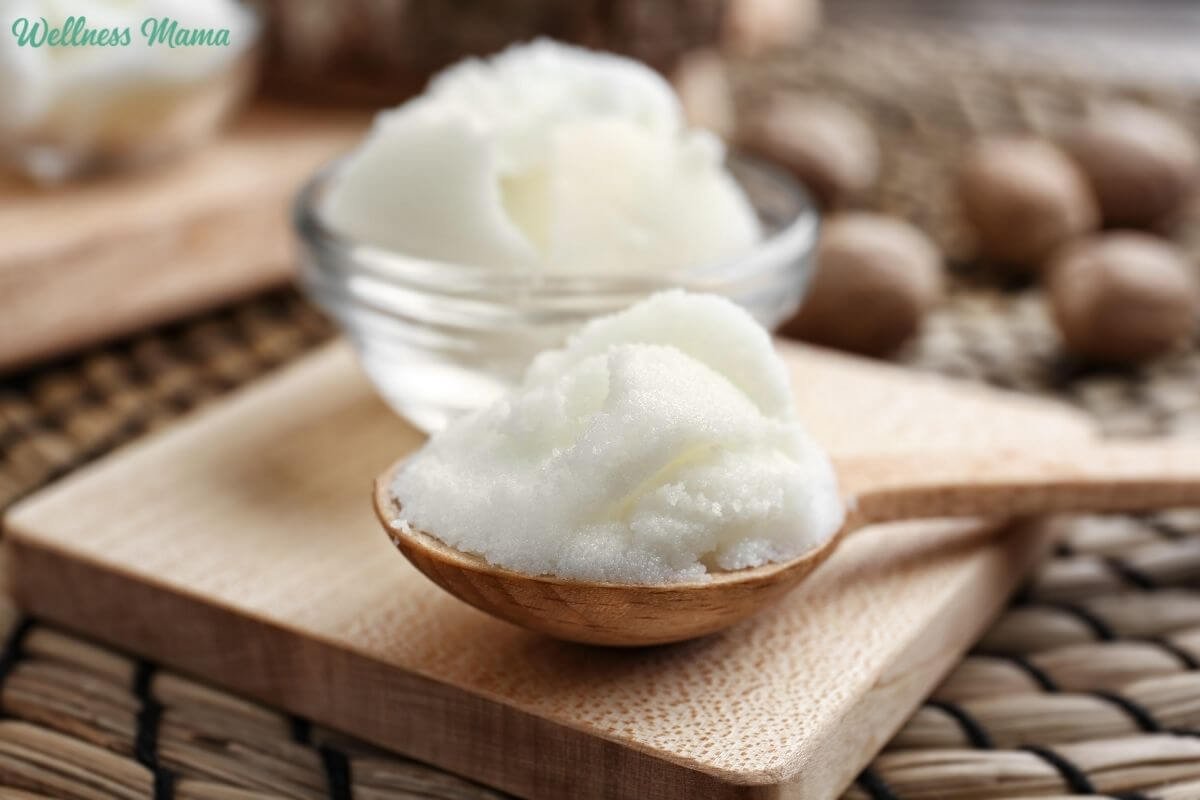
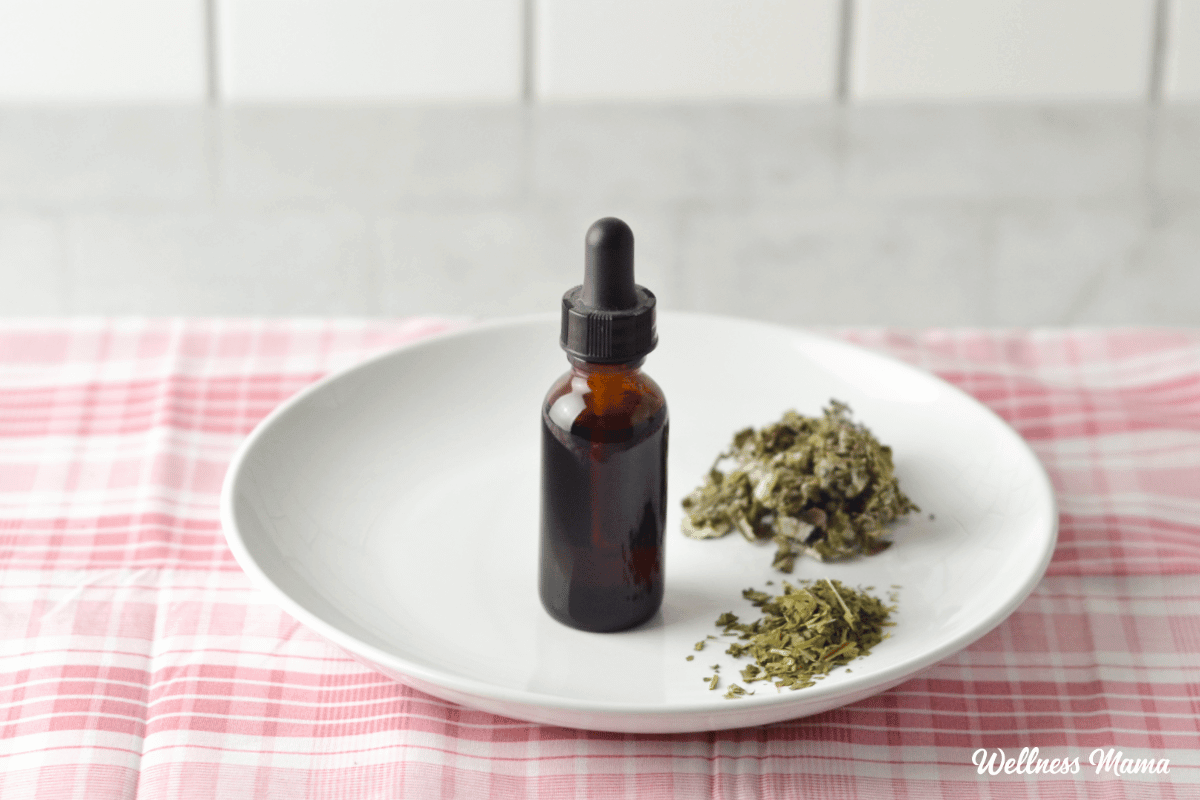

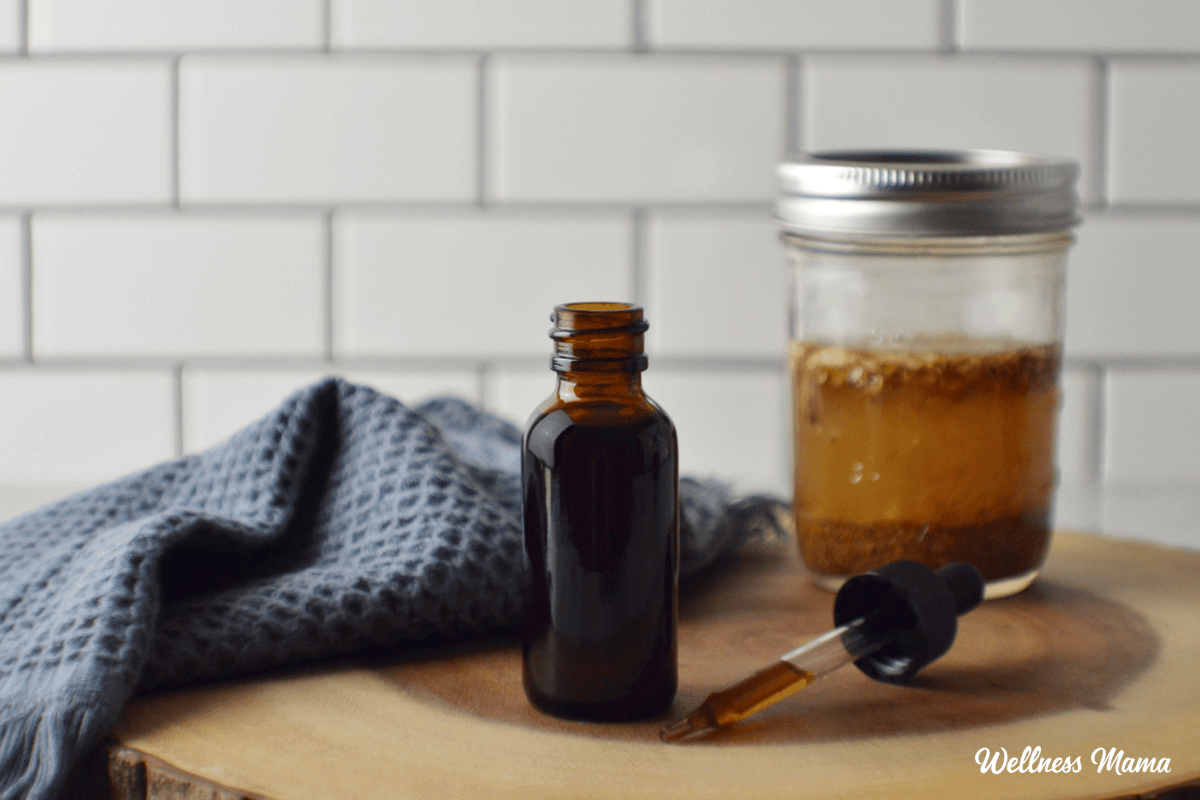



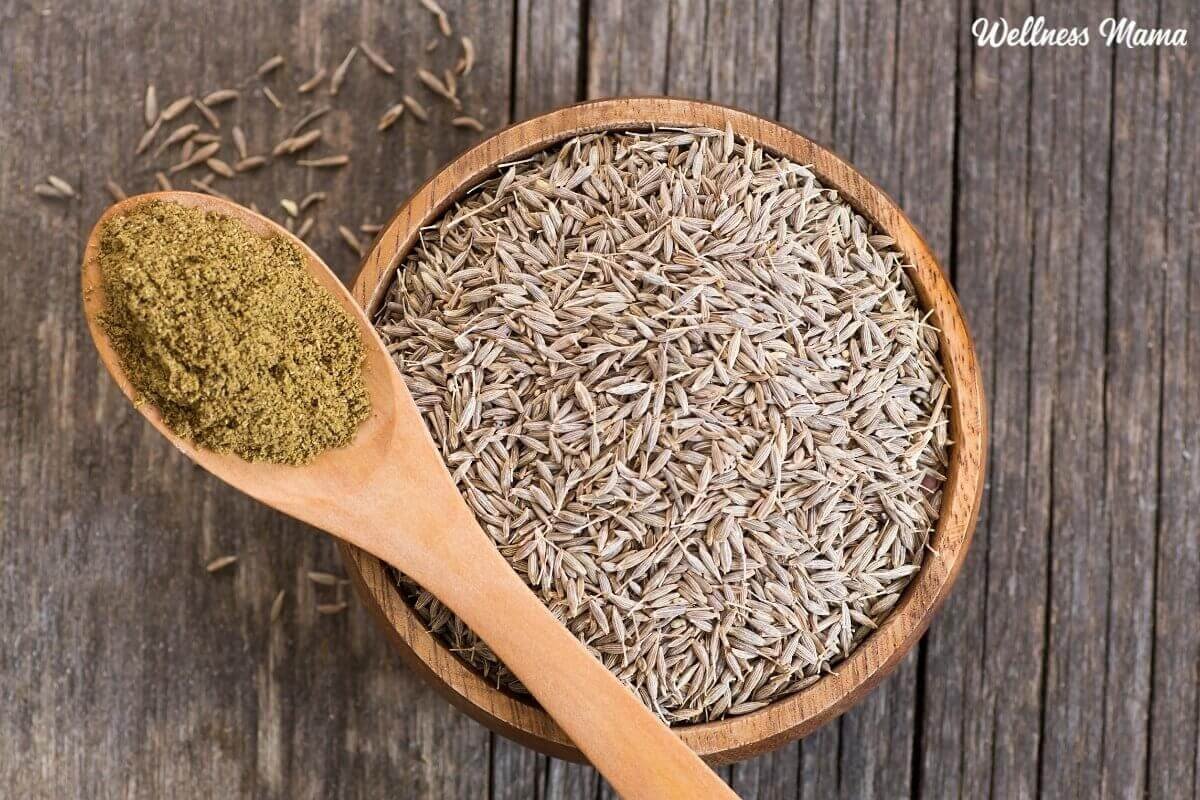



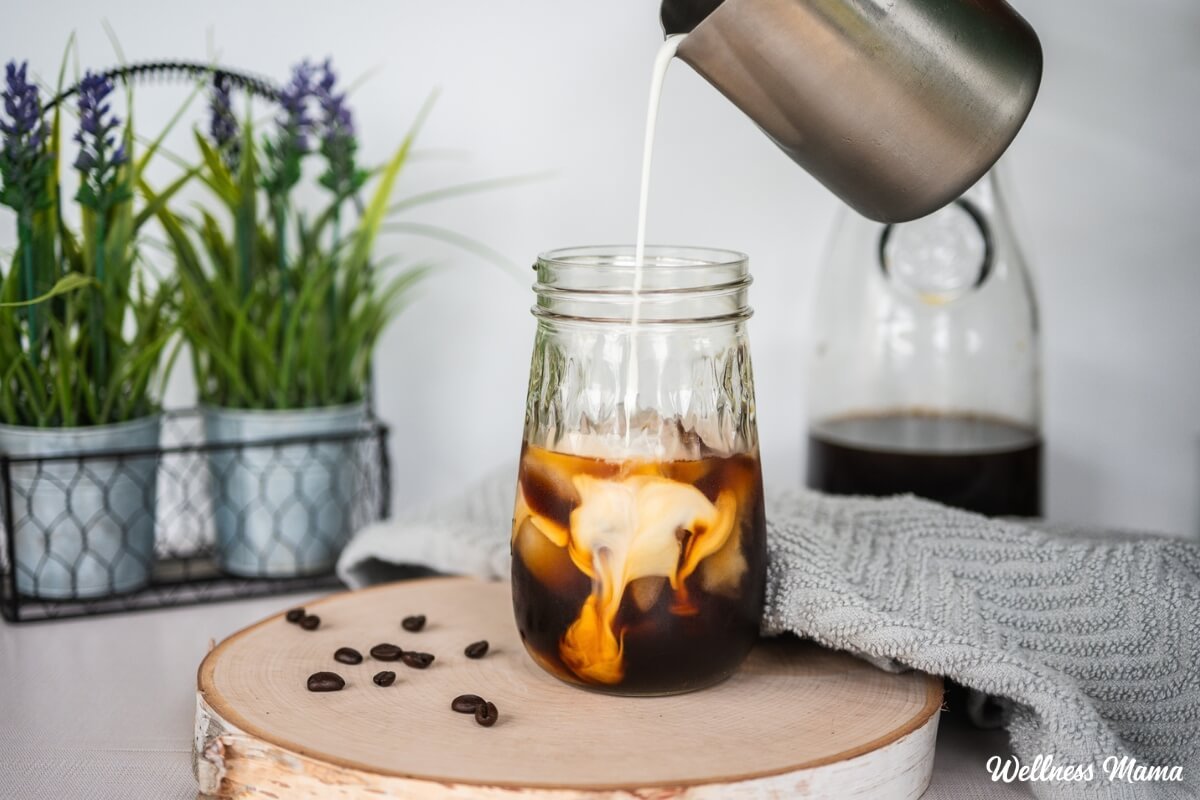
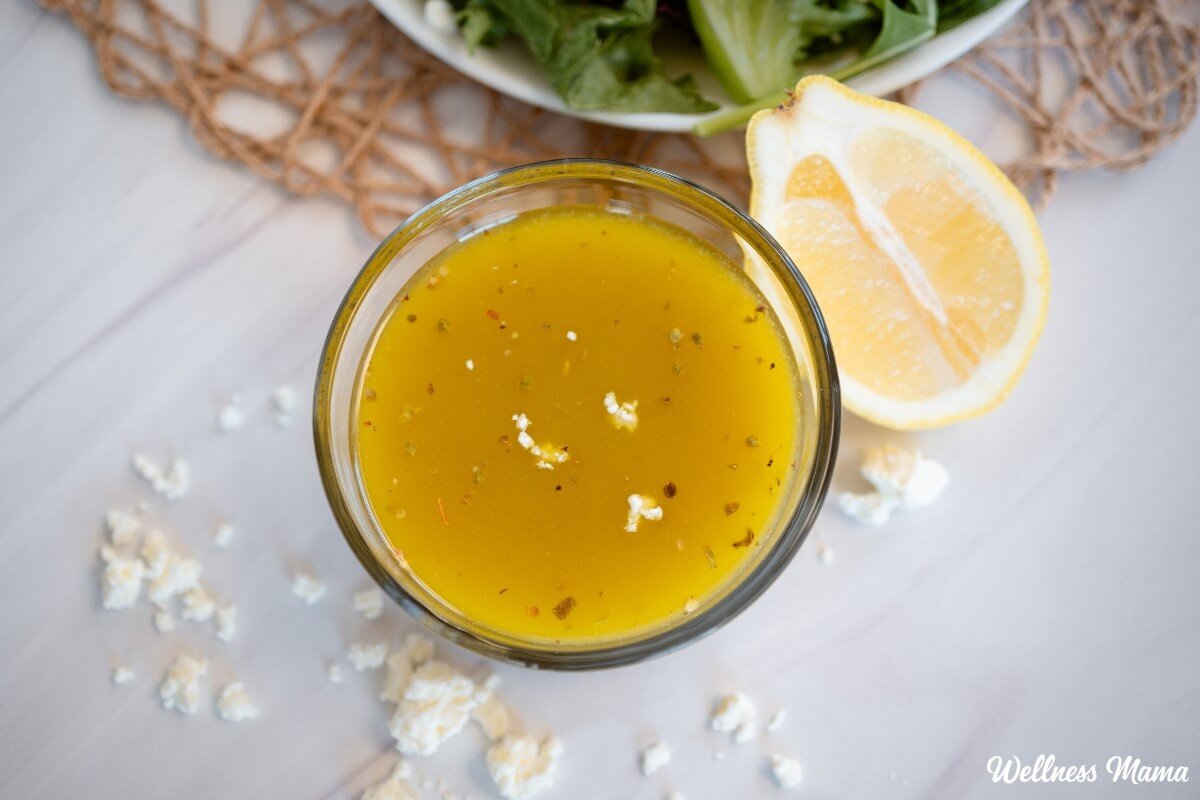
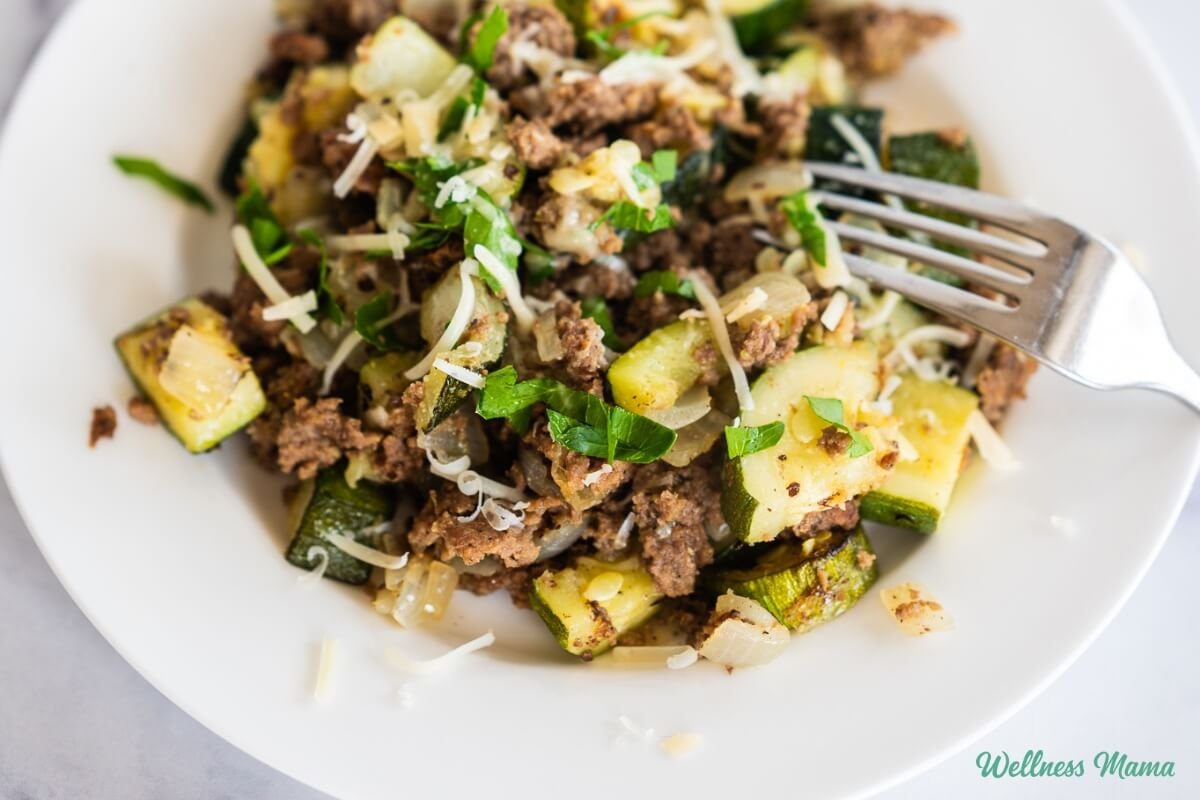
Leave a Reply